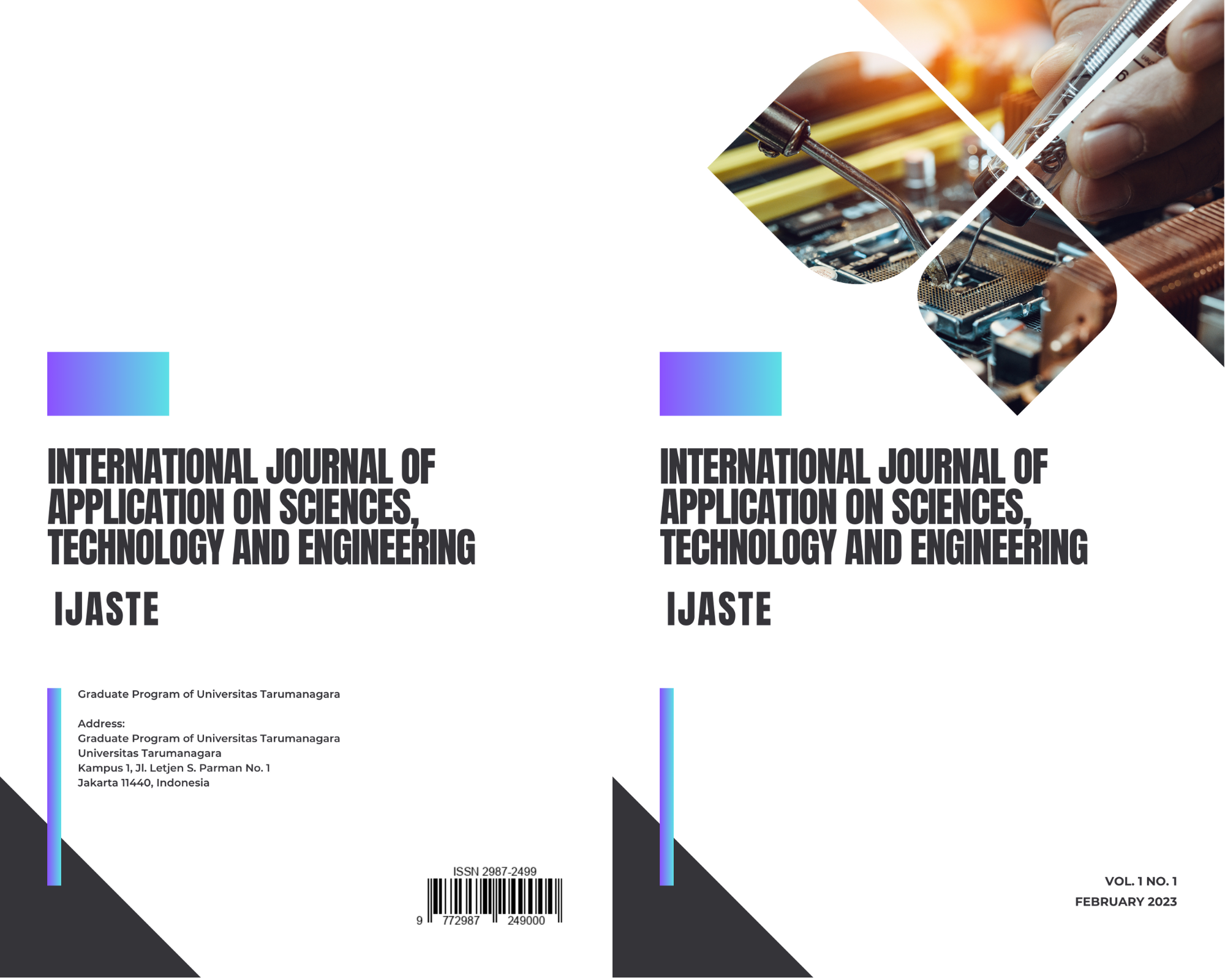Net Zero Energy Low Rise Apartment in Jakarta
Main Article Content
Abstract
In Indonesia, there is a growing movement to implement energy-efficient and energy-saving building designs to combat the excessive use of fossil fuel and carbon usage that will help minimize the impact of global warming, climate change, and carbon emissions. This paper will discuss the implementation and planning of a Net Zero Energy (NZE) in low-rise apartments with zero dependence on an external source of energy in Jakarta, by approaching energy-saving components with passive and active design as well as renewable energy with solar panel photovoltaic (PV). This research was conducted using a mixed-method and assisted by the help of energy simulation software technology to be the design indicator. The purpose of the research is to learn the design process and the feasibility of implementation, assembly, and development of NZE in Low rise apartments in Jakarta. The result of the study is low-rise apartment design that can achieve Net Zero Energy in Jakarta.
Article Details

This work is licensed under a Creative Commons Attribution-NonCommercial-ShareAlike 4.0 International License.
References
M. Roberts, F. G. Sander, S. Tiwari and Editors, "Time to Act: Realizing Indonesia’s Urban Potential," World Bank Group, Washington DC, 2019.
S. P. a. P. Torcellini, "Net-Zero Energy Buildings: A Classification System Based on Renewable Energy Supply Options," National Renewable Energy Laboratory, Colorado, 2010.
U. D. o. Energy, "A Common Definition for Zero Energy Buildings," US Department of Energy, 2014.
ASHRAE, The American Institute of Architects (AIA), Illuminating Engineering Society, U.S. Green Building Council (USGBC) and U.S. Department of Energy (USDOE), "ACHIEVING ZERO ENERGY Advanced Energy Design Guide," ASHRAE, 2019.
B. Griffith, N. Long, P. Torcellini and R. Judkoff, "National Renewable Energy Laboratory," Assessment of the Technical Potential for Achieving Net-Zero-Energy Buildings in the Commercial Sector, no. NREL/TP-550-41957, 2007.
L. Wells, B. Rismanchi and L. Aye, "A review of Net Zero Energy Buildings with reflections on the Australian context," Energy and Buildings, vol. https://doi.org/10.1016/j.enbuild.2017.10.055, no. 158, p. 616–628, 2018.
M. Ehsani, J. Vanegas, C. Culp and H. Moghaddasi, Net Zero Energy Buildings: Variations, Clarifications, and Requirements in Response to the Paris Agreement, vol. https://doi.org/10.3390/en14133760, no. Energies 2021, p. 3760, 2021.
E. Heffernan, S. Beazle and T. J. McCarthy, "Energy Efficiency Within Mid-rise Residential Buildings: A critical review of Regulations in Australia," Energy Procedia, vol. 121, pp. 292-299, 2017.
E. E. Ibrahim and D. A. Ardianta , "Penerapan Near Zero-Net Energy Terhadap Bangunan Hunian Apartemen," JURNAL SAINS DAN SENI ITS, vol. 5, no. 2, pp. 2337-3520, 2016.
Sangamesh, M. Faraz, Gagan, Mallinath, A. Mohhamed and N. Patil, "Net Zero Energy Apartment," IOP Conf. Ser.: Mater. Sci. Eng, no. doi:10.1088/1757-899X/1070/1/012093, 2021.
Cove.Tool, NET-ZERO ENERGY & NET-ZERO CARBON DESIGN STRATEGIES TO REACH BUILDING PERFORMANCE GOALS, Atlanta, GA, USA: Cove.Tool, 2021.
E. I. a. Security, "Energy savings in buildings and industry," Energy Independence and Security Act of 2007, vol. 4 .
a. gov, "Australian Renewable Energy Agency," 28 July 2021. [Online]. Available: https://arena.gov.au/what-is-renewable-energy/. [Accessed 24 September 2021].
Y. M. Ardian, in Sustainable Architecture Arsitektur Berkelanjutan, 2015, p. 28.
I. Akmal, "Jenis Apartemen," in Menata Apartemen, Jakarta, Gramedia Pustaka Utama, 2007, p. 21–22.
L. N. Leech and A. J. Onwuegbuzie , "A typology of mixed methods research designs," Quality and Quantity, vol. 43, p. 265–275, March 2009.
N. Lechner, "SUSTAINABLE DESIGN AND ENERGY SOURCES," in HEATING, COOLING, LIGHTING. Sustainable Design Methods for Architects, New Jersey, John Wiley & Sons, Inc., 2015, p. 39.
ASHRAE, "Energy Efficient Design of Low-Rise Residential Buildings," ASHRAE Standard, 2018.



